Worldwide, regulations are being
promulgated and aggressively enforced with the intention of protecting personal
data. These regulatory actions are being taken to help mitigate exploitation of
this data by cybercriminals and other opportunistic groups who have turned this
into a profitable enterprise. Failure to meet these data protection
requirements puts individuals at risk (e.g., identity theft, fraud, etc.), as
well as subjecting organizations to significant harm (e.g., legal penalties).
The
SNIA
Networking Storage Forum (NSF) is going to dive into this topic at our
Security & Privacy Regulations webcast on July 28, 2020. We are fortunate to have experts, Eric Hibbard and
Thomas Rivera, share their expertise in security standards, data protection and
data privacy at this live event.
This webcast will highlight common privacy
principles and themes within key privacy regulations. In addition, the related
cybersecurity implications will be explored. We’ll also probe a few of the
recent regulations/laws to outline interesting challenges due to over and
under-specification of data protection requirements (e.g., “reasonable”
security).
Attendees will have a better
understanding of
:
- How privacy and security is characterized
- Data retention and deletion requirements
- Core data protection requirements of sample privacy regulations from
around the globe
- The role that security plays with key privacy regulations
- Data breach implications and consequences
This
webcast is part of our
Storage
Networking Security Webcast Series. I encourage you to watch the presentations we’ve done to date on:
And
I hope you will
register
today
and join us on July 28
th for what is sure to be an interesting look
into the history, development and impact of these regulations.
 The SNIA Networking Storage Forum’s Storage Networking Security Webcast Series continues to examine the many different aspects of storage security. At our most recent webcast on applied cryptography, our experts dove into user authentication, data encryption, hashing, blockchain and more. If you missed the live event, you can watch it on-demand. Attendees of the live event had some very interesting questions on this topic and here are answer to them all:
Q. Can hashes be used for storage deduplication? If
so, do the hashes need to be 100% collision-proof to be used for deduplication?
A. Yes, hashes are often used for storage deduplication.
It’s preferred that they be collision-proof but it’s not required if the deduplication software does a bit-by-bit comparison of any files that produce the same hash in order to verify if they really are identical or not. If the hash is 100% collision-proof then there is no need to run bit-by-bit comparisons of files that produce the same hash value.
Q. Do cloud or backup service vendors use blockchain
proof of space to prove to customers how much storage space is available or has been reserved? Read More
The SNIA Networking Storage Forum’s Storage Networking Security Webcast Series continues to examine the many different aspects of storage security. At our most recent webcast on applied cryptography, our experts dove into user authentication, data encryption, hashing, blockchain and more. If you missed the live event, you can watch it on-demand. Attendees of the live event had some very interesting questions on this topic and here are answer to them all:
Q. Can hashes be used for storage deduplication? If
so, do the hashes need to be 100% collision-proof to be used for deduplication?
A. Yes, hashes are often used for storage deduplication.
It’s preferred that they be collision-proof but it’s not required if the deduplication software does a bit-by-bit comparison of any files that produce the same hash in order to verify if they really are identical or not. If the hash is 100% collision-proof then there is no need to run bit-by-bit comparisons of files that produce the same hash value.
Q. Do cloud or backup service vendors use blockchain
proof of space to prove to customers how much storage space is available or has been reserved? Read More
 The SNIA Networking Storage Forum’s Storage Networking Security Webcast Series continues to examine the many different aspects of storage security. At our most recent webcast on applied cryptography, our experts dove into user authentication, data encryption, hashing, blockchain and more. If you missed the live event, you can watch it on-demand. Attendees of the live event had some very interesting questions on this topic and here are answer to them all:
Q. Can hashes be used for storage deduplication? If
so, do the hashes need to be 100% collision-proof to be used for deduplication?
A. Yes, hashes are often used for storage deduplication.
It’s preferred that they be collision-proof but it’s not required if the deduplication software does a bit-by-bit comparison of any files that produce the same hash in order to verify if they really are identical or not. If the hash is 100% collision-proof then there is no need to run bit-by-bit comparisons of files that produce the same hash value.
Q. Do cloud or backup service vendors use blockchain
proof of space to prove to customers how much storage space is available or has been reserved? Read More
The SNIA Networking Storage Forum’s Storage Networking Security Webcast Series continues to examine the many different aspects of storage security. At our most recent webcast on applied cryptography, our experts dove into user authentication, data encryption, hashing, blockchain and more. If you missed the live event, you can watch it on-demand. Attendees of the live event had some very interesting questions on this topic and here are answer to them all:
Q. Can hashes be used for storage deduplication? If
so, do the hashes need to be 100% collision-proof to be used for deduplication?
A. Yes, hashes are often used for storage deduplication.
It’s preferred that they be collision-proof but it’s not required if the deduplication software does a bit-by-bit comparison of any files that produce the same hash in order to verify if they really are identical or not. If the hash is 100% collision-proof then there is no need to run bit-by-bit comparisons of files that produce the same hash value.
Q. Do cloud or backup service vendors use blockchain
proof of space to prove to customers how much storage space is available or has been reserved? Read More
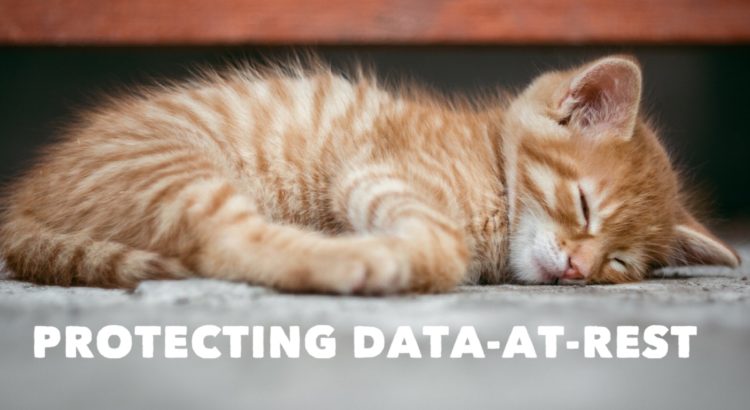
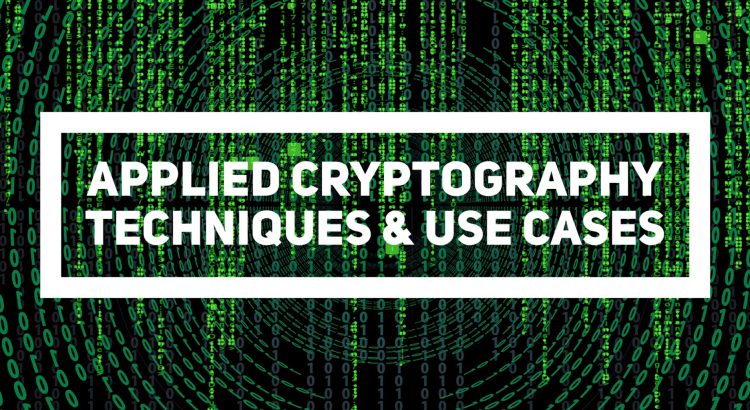
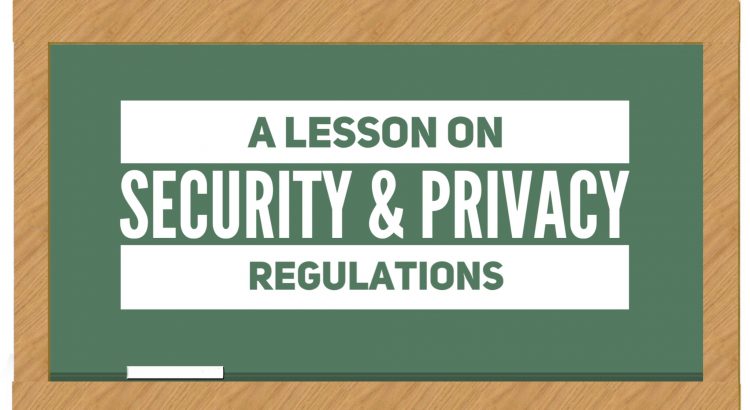
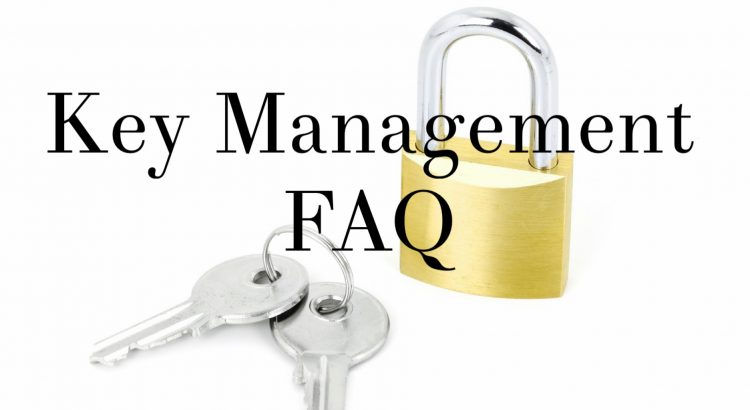
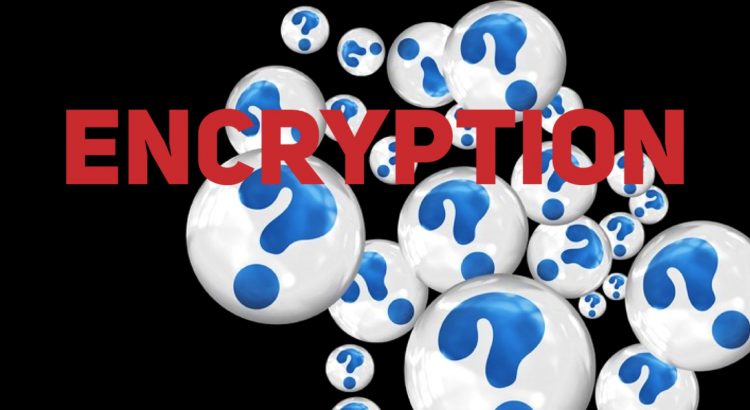
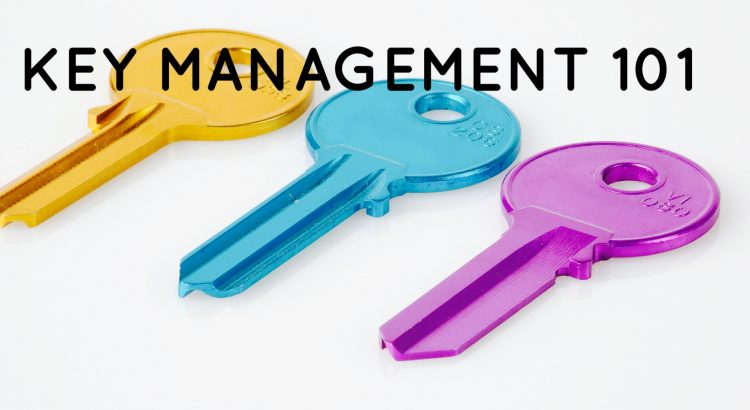
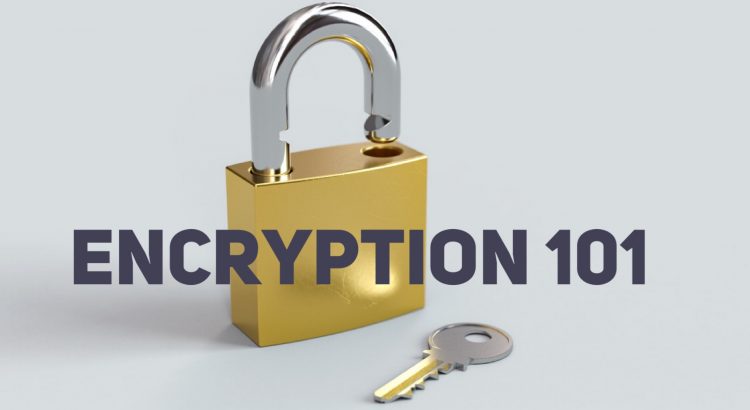

 Truly understanding storage security issues is no small task, but the
Truly understanding storage security issues is no small task, but the